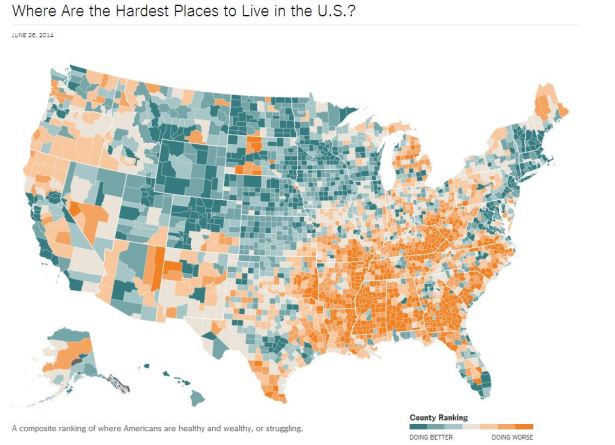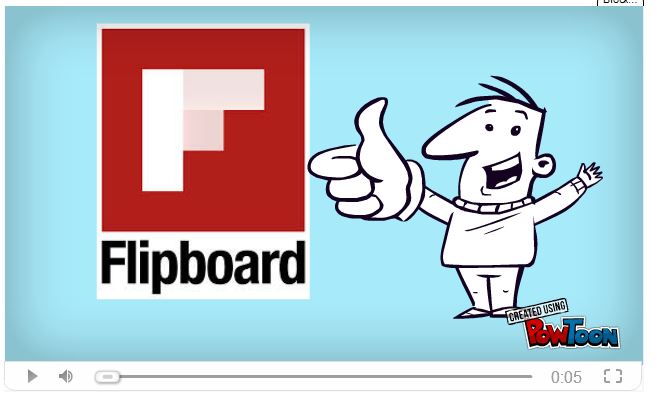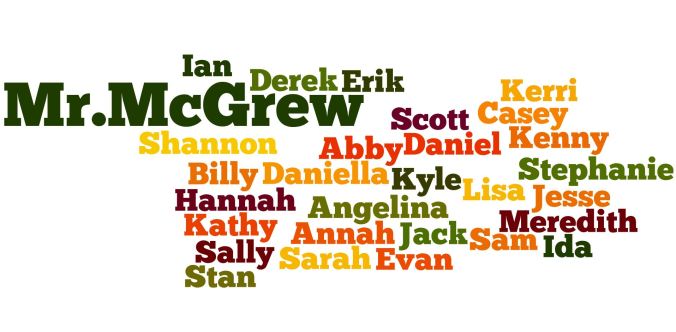Flipped Lesson: What is Pollution from Evan McGrew on Vimeo.
Personal Devices in Schools?

According to an article in 2012 by Mind Shift, there is increasing tension between schools allowing teens to bring their personal devices to school. Schools fearful of distractions and costly liabilities in schools, have made plenty of policies to discourage use in class. Students on the other hand, want to be prepared for the future, and want to incorporate their phones as part of the curriculum. Lets break it down farther:
Students:
- smart phones and mobile devices increase social connectivity and collaboration
- Most people have access to mobile devices
- We bring them to school anyway
- Real world applications for communication and learning
- It’s fun…duh
- So I can text my friends during class
- So I can Facebook during class
- So I can take pictures of tests….duh
- Lyke, donchu gettit?
- I need to race to class so I can get the seat by an outlet to charge my phone!
Schools:
- Not everyone has equal access to devices
- Our school may not support Wi Fi connections
- We cannot monitor the devices
- Are we responsible if you lose it at school?
- They could be academic, but what about all those distractions?
- Wouldn’t you just Facebook all through class?
- Wouldn’t you just check your Instagram feed all through class?
- What would a hallway look like if everyone were staring at a screen?
- How do we know if you are actually doing work?
While this article was published in 2012, even then schools were reporting a massive surge in the access to mobile devices. Mainly Ipads and Smartphones, now in 2014, there should be even more students with devices. The solutions are not obvious, but perhaps the questions from both sides will help start a conversation that leads to one.
3 Tweets That Will Make You Think
Twitter has a reputation for being void of nutrients, and full of endless bottom feeders. Well, I did some digging and found 3 Tweets that just might make you think.
1. Hardest Places to Live in the US
The hardest places to live in the U.S. http://t.co/ZcySgOuLeIpic.twitter.com/CGwOml5ZFa
— The New York Times (@nytimes) June 28, 2014
Posted by the New York Times on June 26th, 2014, this map of the country calculates cost of living, unemployment, college degrees and life expectancy. This graph is not telling us where to live, but rather giving us a snapshot of the areas in our country that are not economically depreciated. I found it interested that the Mississippi Delta region is worse off, and consequentially has some of the most high need public schools in the country. Along the southern states, there is less income, higher unemployment, and decreased life expectancy. This all reflects on the school systems in these regions that are struggling.
2. #SaveEdShelf
New hashtag for educators: #SaveEdShelf. Let’s do it and save this valuable resource!!!!!@edshelf @20SomethingEGC#edchat#edtech
— Alicia Leonard (@ilorax) July 3, 2014
Can a series of tweets save an online teaching resource? A colleague of mine is working heroically with Twitter to create attention to a dearly loved resource. Edshelf, is an amazing resource that let’s teachers gather their online resources in one place. With a lack of funding, Edshelf is nearing it’s breaking point. Let’s retweet together and raise support for this awesome resource.
3. Top 12 Summer Tips for Top Teachers
12 ways to “be the kind of teacher our world needs today:” http://t.co/RYwiNoMKjH#edchatpic.twitter.com/NeQlPC4qzz
— edutopia (@edutopia) July 11, 2014
Many people think teacher’s have it easy because we get a summer vacation. While it is nice to relax and recharge the battery, many good teachers are working hard to improve their methods and lesson plans. This article published by Edtopia, has some great reasons why teachers should, and do work hard all year long. Some of the things I am doing now that align with the list are…
3. Record and Prepare Your Digital Persona
4. Learn and Share
5. Connect with Colleagues
6. Revitalize Your Physical Health
I would also like to add a #13 to the list:
13. Take a Course!
Flipboard 101
Our group researched Flipboard, a social media magazine that personalizes it’s content based on your interests. Check out our Powtoon presentation to learn more!
http://www.powtoon.com/p/fFWskEizbWE/
The New Digital Learning Playbook
A 2013 survery, The New Digital Learning Playbook, compiled trends and data on students’ access to technology. These surveys span students of all grade levels, and all backgrounds. The two important bits of information that resonated with me, are:
1. High school students, regardless of background, have access to more electronic devices than their younger counterparts.
2. High school students use technology and mobile devices more, in both social and academic settings.
Interesting to note, grades K-2 might have as much interest in engaging with so many devices. Their interest in social media is non-existent, and perhaps explains why increased access to personal devices increases as children get older. It’s also a cultural norm not provide a 6 year old, with a tablet, iPhone, kindle and laptop.
Connected to the first graph, this one explains how high school students specifically are using technology. It’s hard not to look at this graph and see kids texting, Skyping, and goofing off in school. If students are texting in class, it’s probably not academic thinking, and if students are using Facebook for group projects, they are using for all the other reasons people use Facebook as well. Interesting to observe as well, girls show an increased interest and use of technology over their male peers.
Many school Wi-Fi networks have bans on social sites like Facebook and Twitter, but these bans only work if the student connects to Wi-Fi, If someone has access to 3G or LTE internet service on their mobile phone, then they have access to everything the school might attempt to block. The point is technology might be an integral part of higher education and thinking. The hardest part is not controlling appropriate technology in the elementary grades, but rather, monitoring and predicting teen usage of their devices.
Edcast Podcast Review: Mission Monday #38
Recorded once a week, Mission Monday reflects student, teacher and community relationships in short half our installments. This week, #38, discusses average student behaviors and what it’s like to perform in the middle of bell curve.

The bell curve is the performance group where most students find themselves. The angle this podcast took, was assessing what students in the middle should do on a daily basis. The truth is, if they bust themselves to devote every second to studying, they could push through to make the high performing group. Yet the problem is, students, whether in high school or college, want to do other things than study. To be a well rounded student, one needs extra curricular activities, as well as spare time to develop other non academic interests. In short, not everyone can perform at the top of the class, but students who know what they are good at can manage their time better. Essentially, students can become more efficient by recognizing their strengths and accepting their weaknesses.
In my classroom, I would love to create podcasts with my students. At the end of this year, my class made digital stories. The kids put in so much work, and the final products were amazing. Technology is such a fascinating resource, but often in the primary grades we are limited to what we can challenge our students to create. Within our digital stories, my kiddos recorded their voices and created a 4 page story. I realize that if they can record their voice, they could also develop a podcast.
Khan Can Help

Perhaps Salman Khan’s success with Khan Academy is due to his soothing voice, and I speak from experience. Recently, I have taken several math exams for state certification, and stumbled upon Khan Academy videos on Youtube. I was unaware of the larger network of tutorials in existence, but I was hooked from the first video. I was trying to learn summations, and combing through Youtube for help. The lesson immediately made sense, and seemed so simple. I was impressed from the start, and I was not the only one. Scrolling through Khan Academy comments on Youtube is full of others who praise the methods of the Khan…even so much to replace school!
With millions of views and thousands of comments, these videos are making a difference. A big difference, and as a teacher it’s wonderful to know that students are getting the help they need. The biggest question this new wave of learning poses is, what then is the roll of the teacher? I think the first part to this is that Khan is not arguing that this his videos should replace teachers, but what I think he is saying is that his videos and lectures can replace teacher’s lectures and class time. If we consider his flipped model, I think we can see where the change can happen.
As teachers, if we flip our classrooms, we could possibly do more work in class. Students would not have to sit through our lectures, which, let’s face it, might not be as awesome as Khan Academy’s, and instead, we could get to work. I am curious to think about what this methodology would mean for primary grades: could 2nd graders digest lectures online? Or should we simply just shift our homework and classwork routines to make a difference?
So Much Fun!!!!!
We made a video.
OMG! Digital storytelling is a BLAST! Especially when you have an awesome group to work with and minions are involved!
My group retold the story of The King’s Commissioners by Aileen Friedman. This is a great picture book showing different ways of counting. BUT…we didn’t have a king or commissioners. What we did have was even better, and way funnier. We told the story using Grü and his minions. Dr. Nefario even makes a cameo (though sans fart gun).
So take a look and have a laugh. It’s great fun!
Too Many Minions from Evan McGrew on Vimeo.
Reasons to tweet with your class
You can’t ignore it anymore! The internet has made another list, and this one is worth reading.
60 Inspiring Examples of Twitter in the Classroom

“I tweet, I learn”
Found via our ED554 class Diigo page, The Global Digital Citizen Foundation is a massive resource for educators.Of these 60 uses for twitter in the classroom I would like to share my favorite. Applicable to grades 5 and up, all of these encourage daily interaction with your students.
Communication
#5 Silencing Blurters:
I call it volcano mouth, that is, the students who want to shout out answers all the time. If they use twitter and a hash tag or @ for their comment, the teacher can read them and address them after class.
#12 Classroom notepad
Continue a conversation with your students and answer their questions after class with hash tags that correspond to their class and section number.
Organization
#1 Twitter Recaps:
Summarize each class into 140 words to continue student conversation and discourage memory loss. Plus, 140 characters forces you to keep it short and important.
Resources:
#5 talk to career experts: In other words, tweet at the best in the business until they are forced to respond!
Writing Skills
#3 Daily word games: Ask students to unscramble anagrams, contribute synonyms, or give vocabulary definitions on Twitter.
Mr. McGrew’s Wordle Class
Using Wordle teachers can create awesome class graphics to hang on the front of their door! It’s a great way to welcome students on the first day and it is super simple to make. Go to wordle.net and click create! Type your name twice, and then list each student once. If you have students with the same name, be sure to add their last initial. What are you waiting for?





